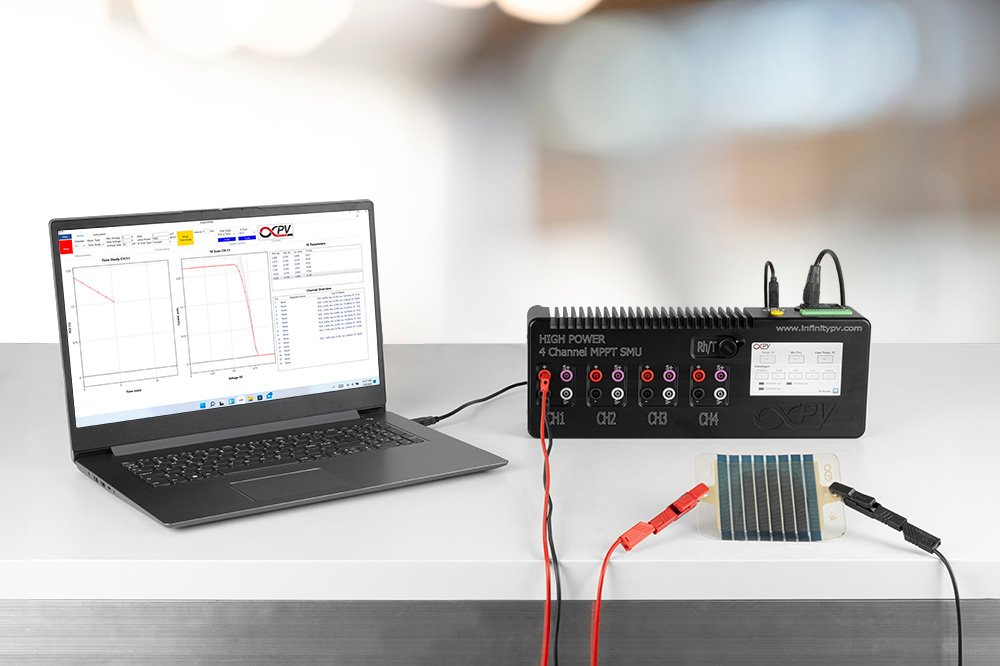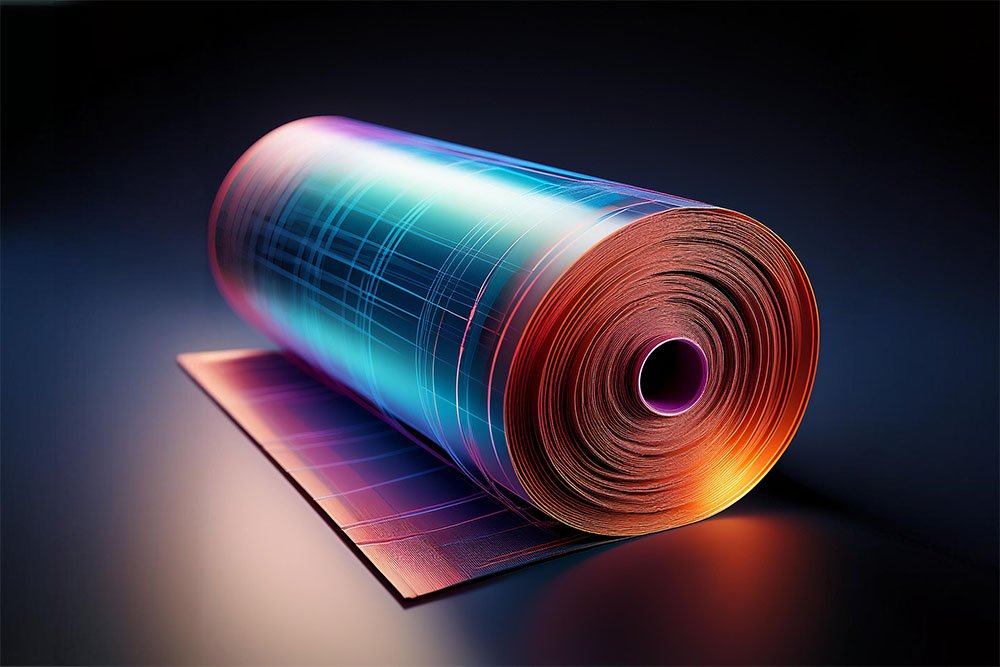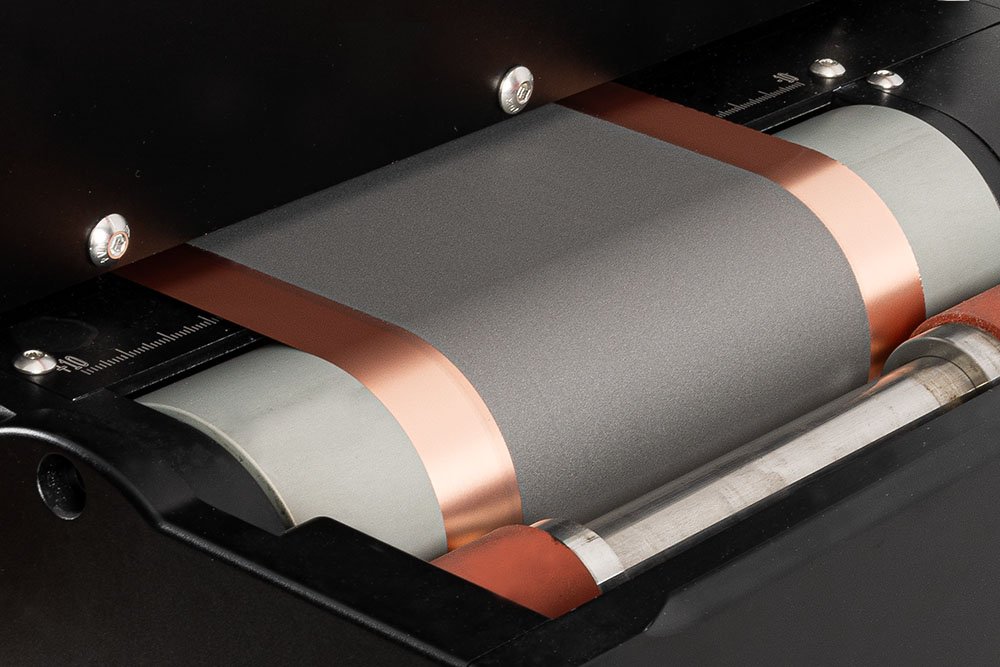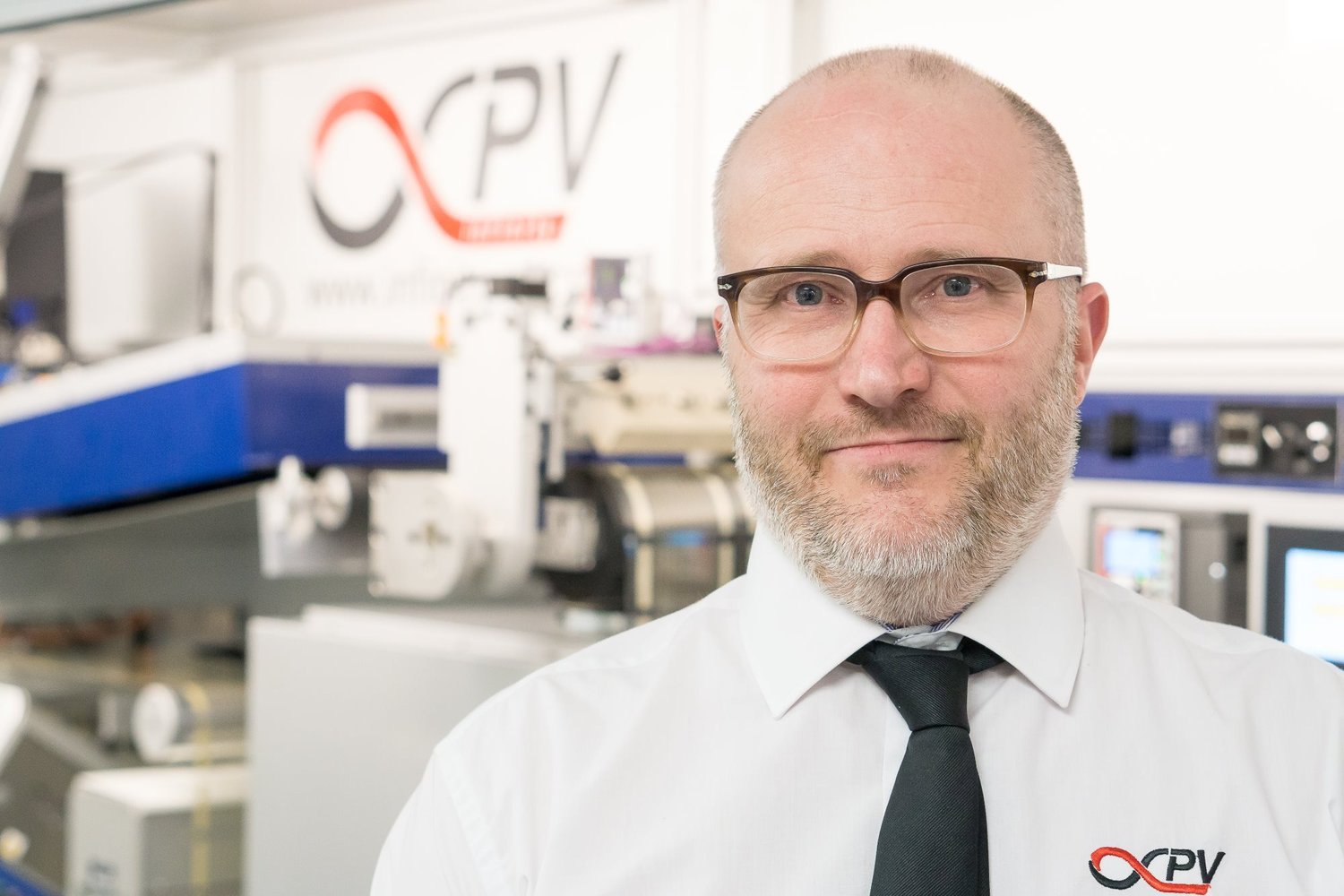The infinityPV Roll-to-Roll Academy aims to educate and engage people, enabling them to explore the potential of R2R applications in their respective field of technology, like next-gen batteries, fuel cell technologies, printed solar, and beyond.
Understanding Maximum Power Point Tracking (MPPT) and IV Curve Analysis for Solar Cell Characterization
With the growing emphasis on renewable energy sources, solar power has become one of the most significant contributors to a sustainable energy future. Solar cells, or photovoltaic (PV) cells, convert sunlight directly into electricity.
Slot-Die Coating vs. Slurry Coating: Which Coating Method is Best for Your Thin-Film Applications?
From batteries and solar cells to advanced displays and flexible electronics, the choice of coating method can significantly impact the quality, efficiency, and cost of production. Among the various coating techniques available, slot-die coating and slurry coating stand out for their unique benefits and specific applications.
Roll-to-Roll Manufacturing of Batteries: A Revolution in Energy Storage
As the demand for renewable energy solutions and portable electronic devices grows, the need for efficient and scalable battery manufacturing processes has never been more critical.
What is Roll-to-Roll Processing?
Roll-to-roll (R2R) processing is a manufacturing technique used primarily for producing flexible materials and components, such as plastic films, paper, or metal foils, coatings, and electronic components, by processing them in a continuous roll format.
Slot-Die Coating Explained: Basics, Benefits, and Applications
Slot-die coating is a technique used to coat a thin layer of liquid material onto a substrate, typically for manufacturing purposes. It involves the controlled flow of liquid through a narrow slot or channel in the slot-die head, which is positioned very close to the substrate surface.
Comprehensive Guide to Fuel Cells: Types, Applications, Benefits, and Drawbacks
Fuel cells are devices that convert chemical energy into electrical energy through an electrochemical reaction. They are composed of an anode, a cathode, and an electrolyte. In a typical fuel cell, hydrogen gas is supplied to the anode and oxygen is supplied to the cathode.
Solid-State Lithium-Ion Batteries: Advantages, Production, and Future Prospects
Solid-state Li-ion batteries are advanced energy storage devices that are gaining significant attention in the field of battery technology. These batteries use a solid-state electrolyte instead of a liquid or gel electrolyte, which offers several advantages over traditional Li-ion batteries.
Build Your Own R2R Lab Coater
With its modular design, the Laboratory Roll-to-Roll Coater empowers you to customize your system with the components you need. Choose between slot-die heads, flexographic printers, slurry coaters, air knives, drying and curing units, knife cutters, laminators, laser systems and more.
We Are Ready to Help You
With decades of experience in printed electronics, our team is here to provide in-depth guidance on choosing the right system for your needs. Whether you're exploring advanced production methods or need help fine-tuning your setup, we offer expert advice tailored to your project. Contact us to discuss how we can support your solar cell development.









